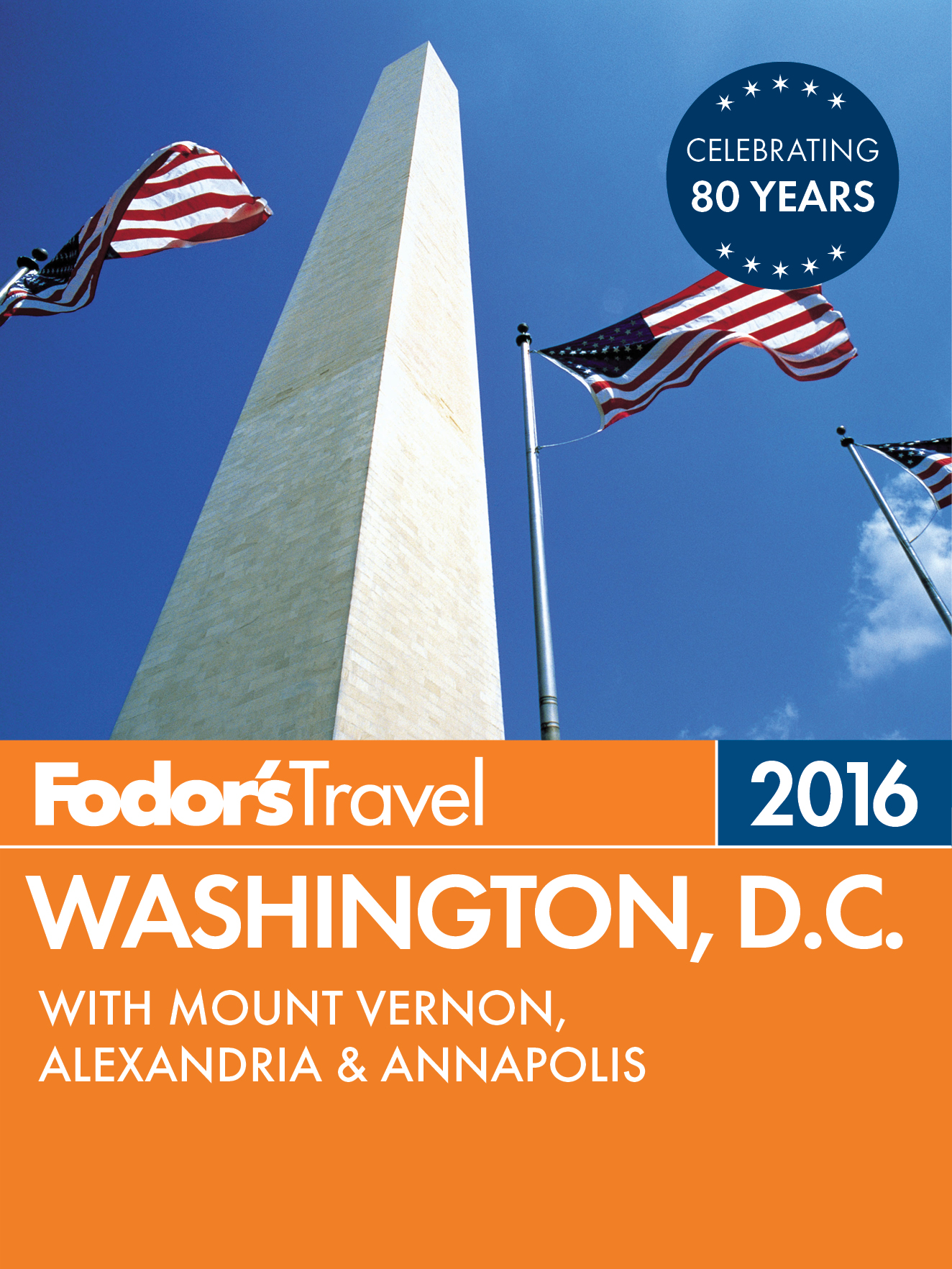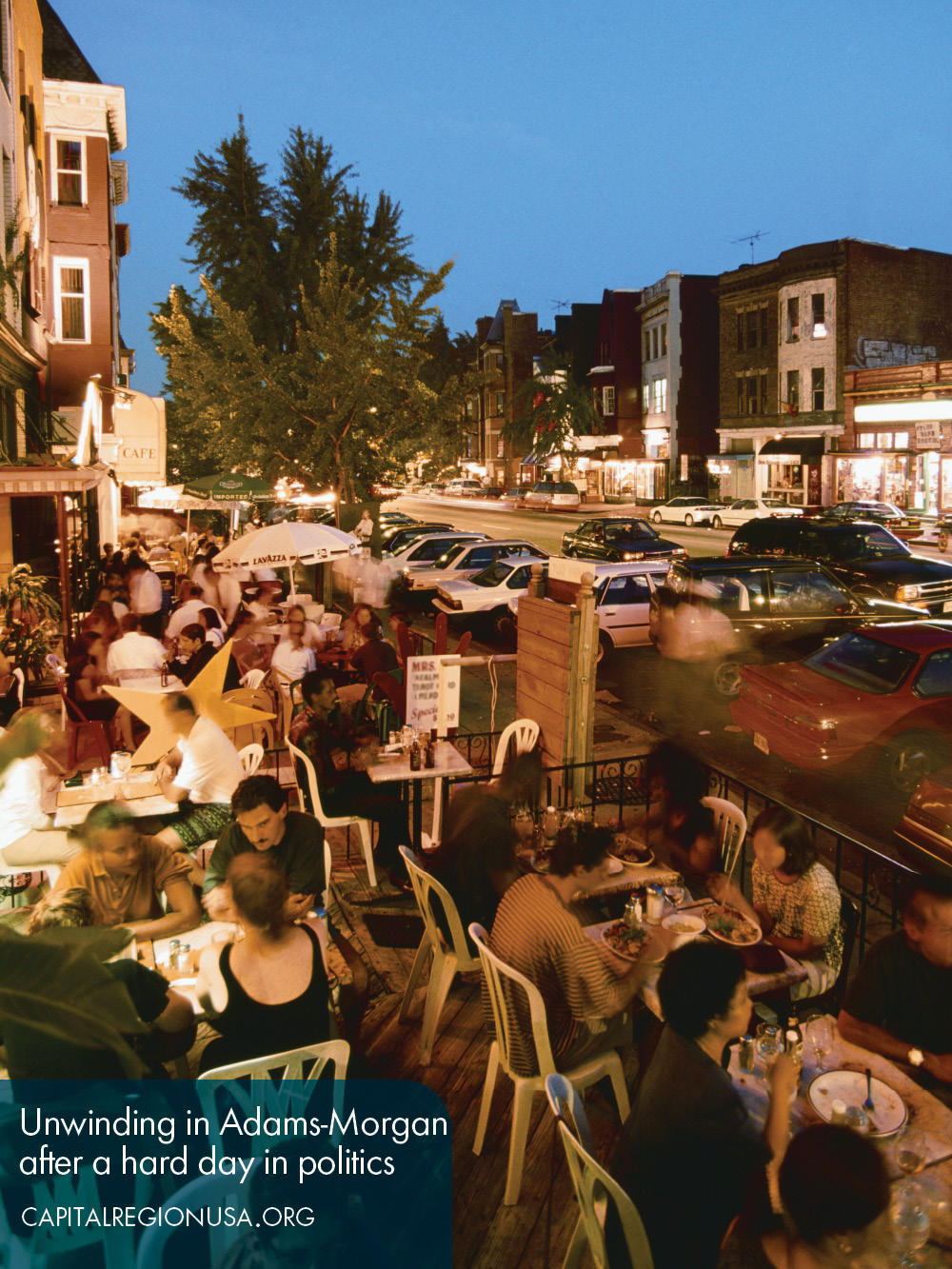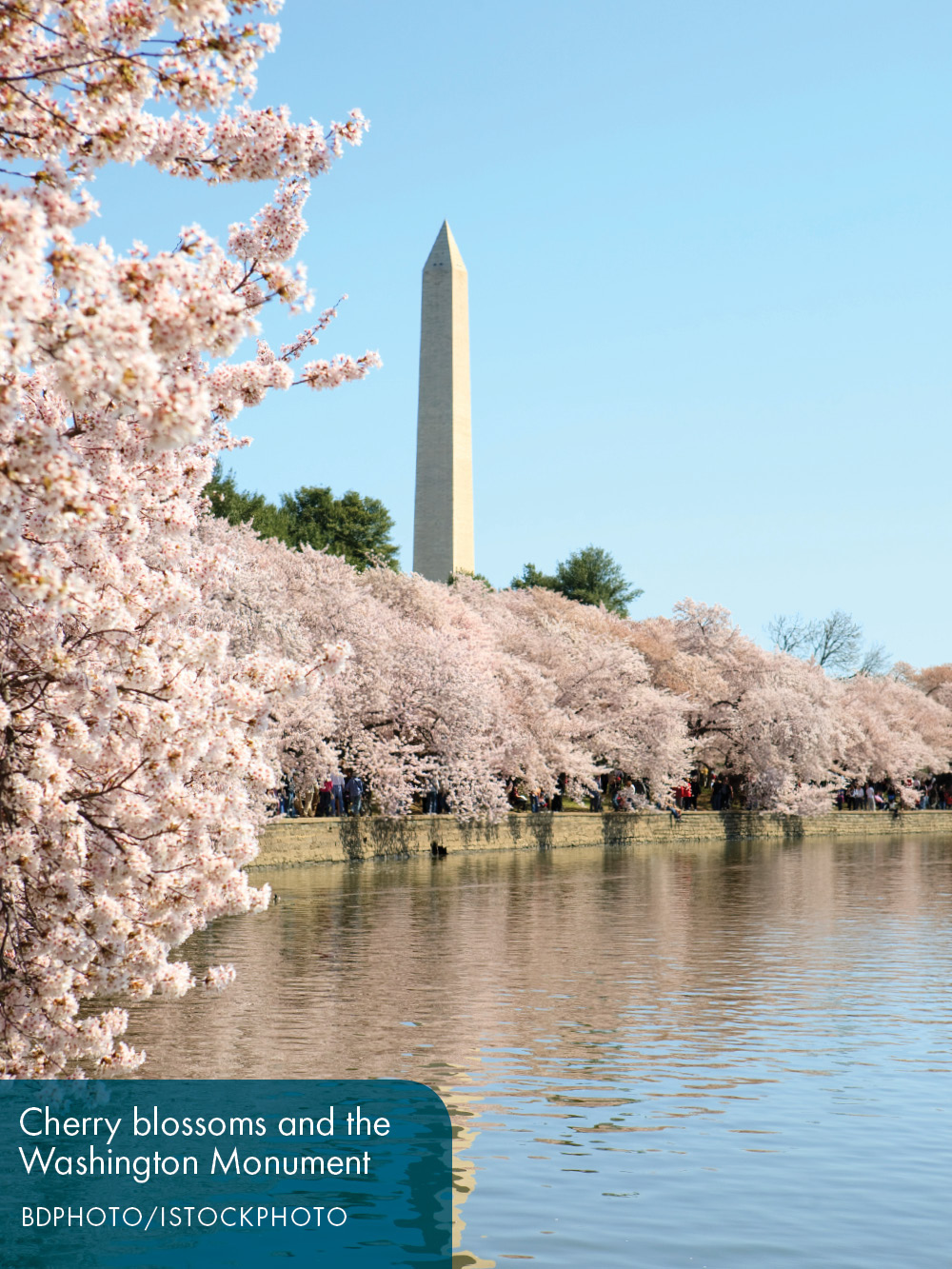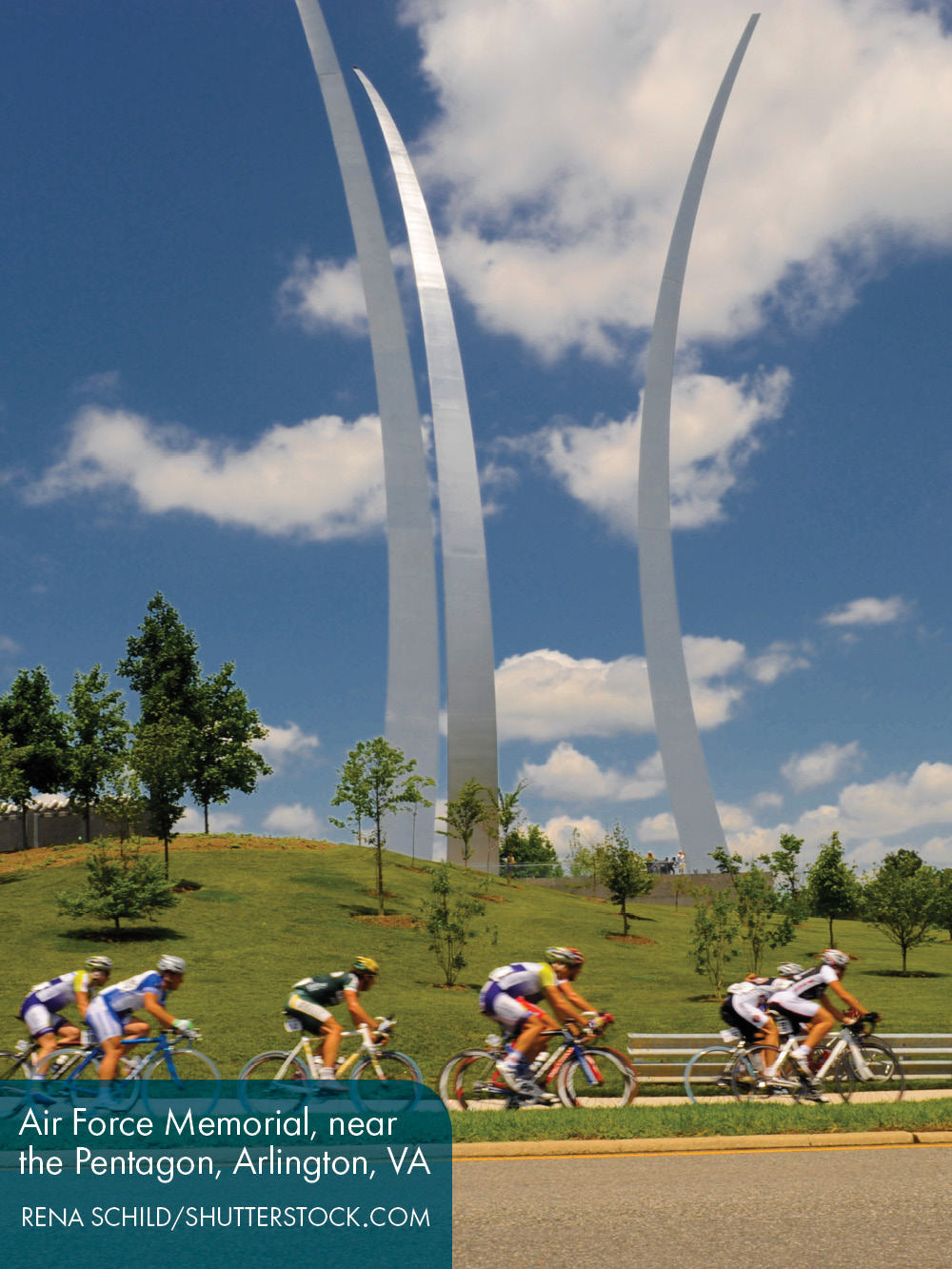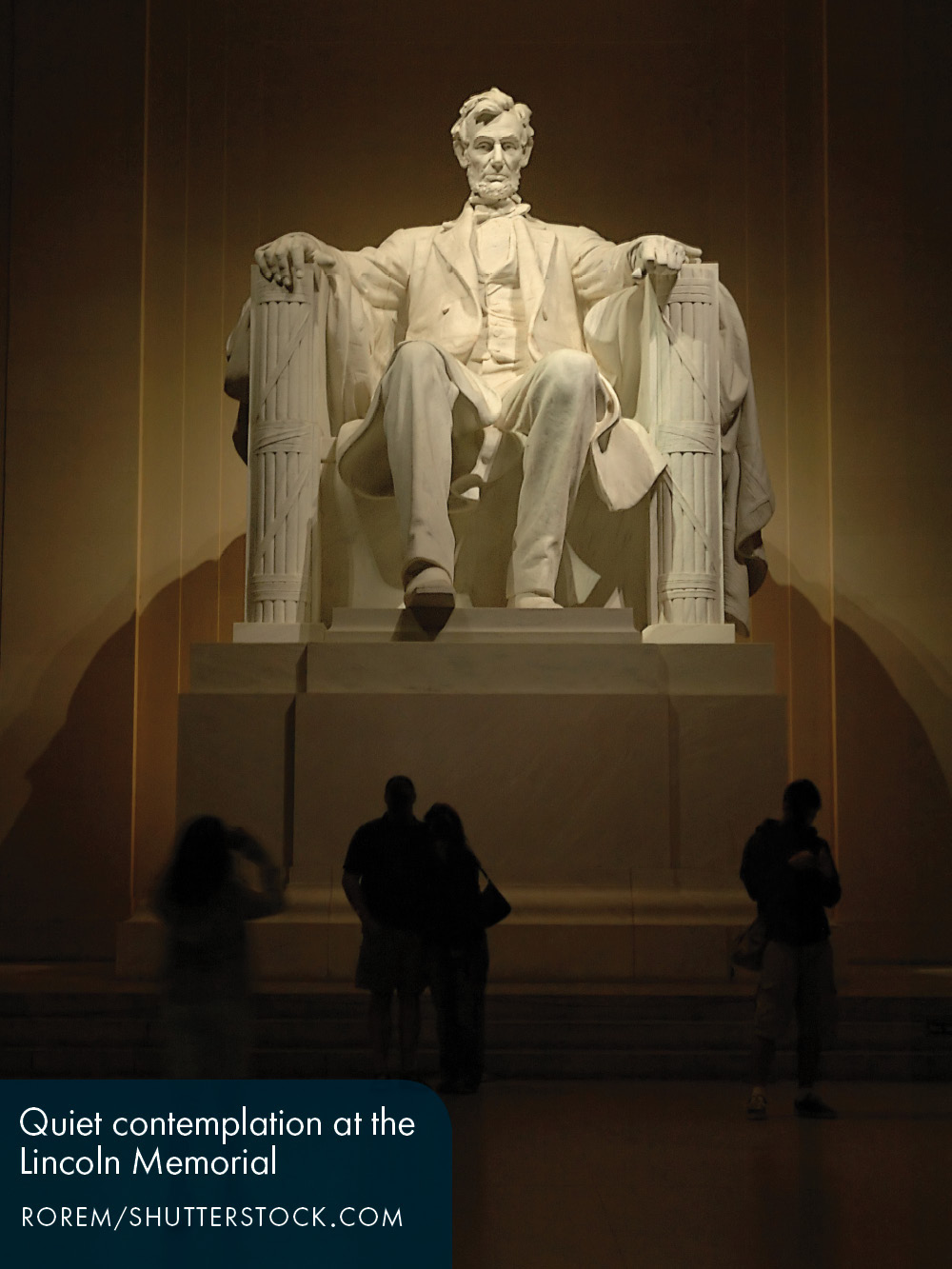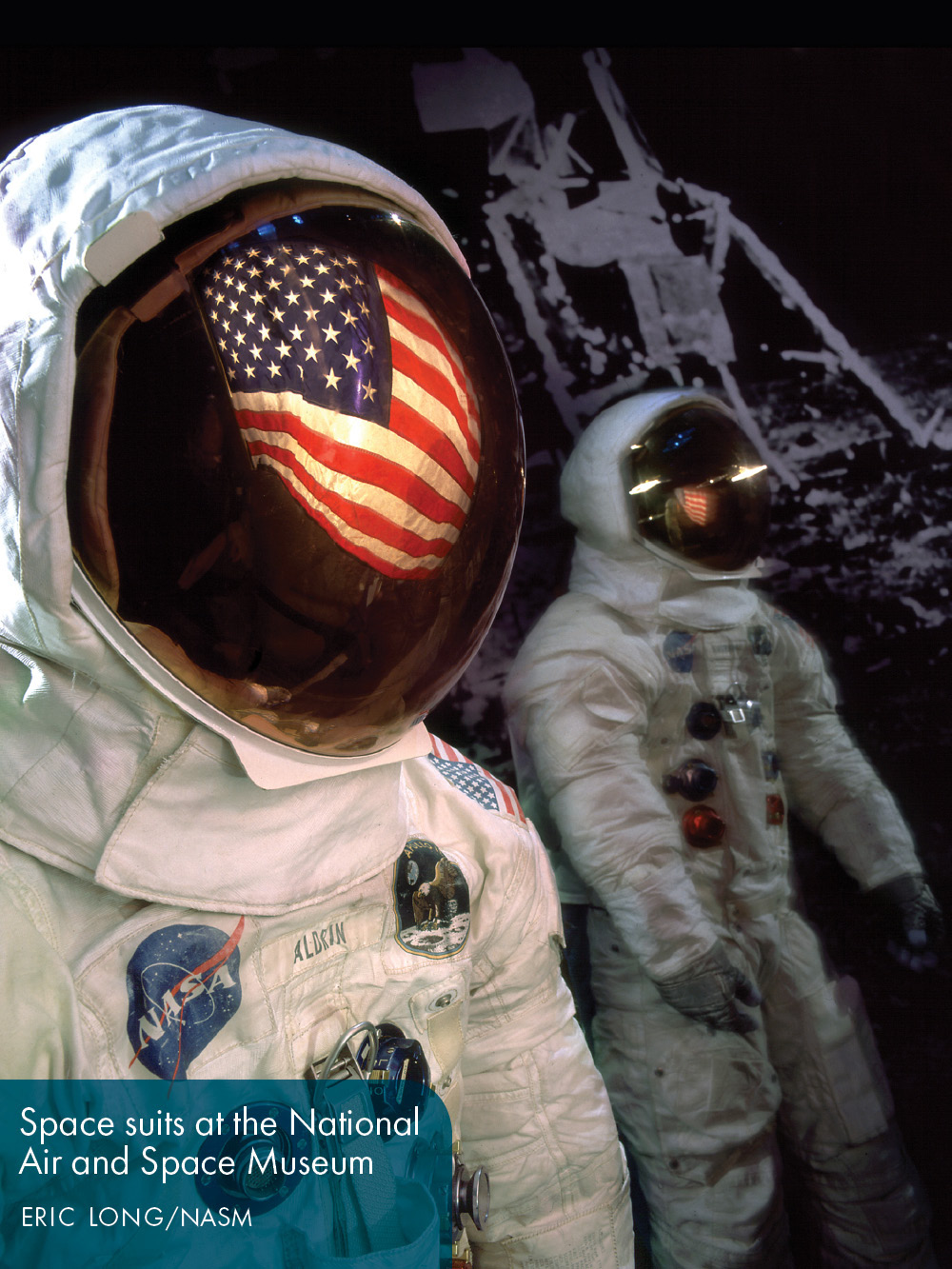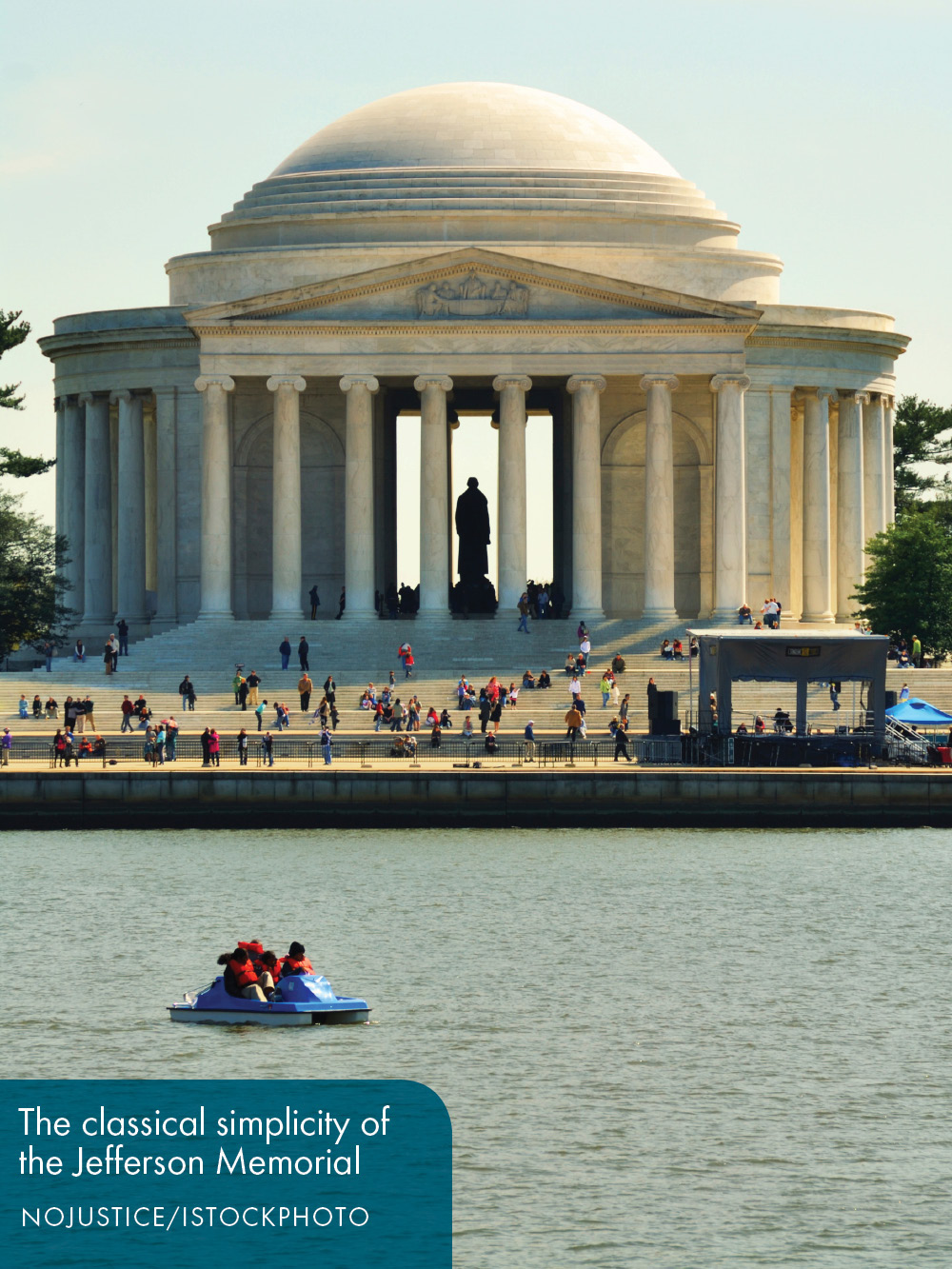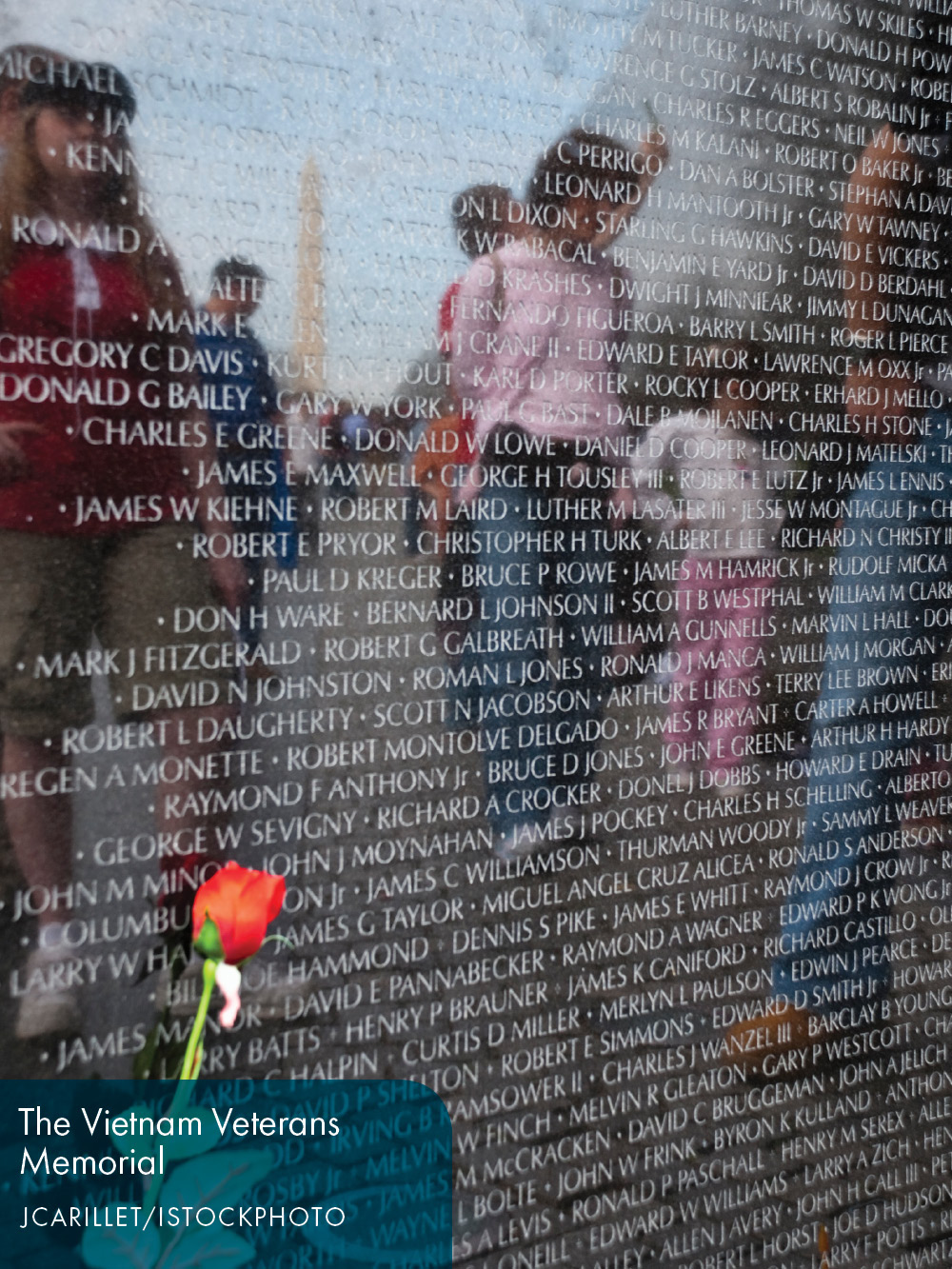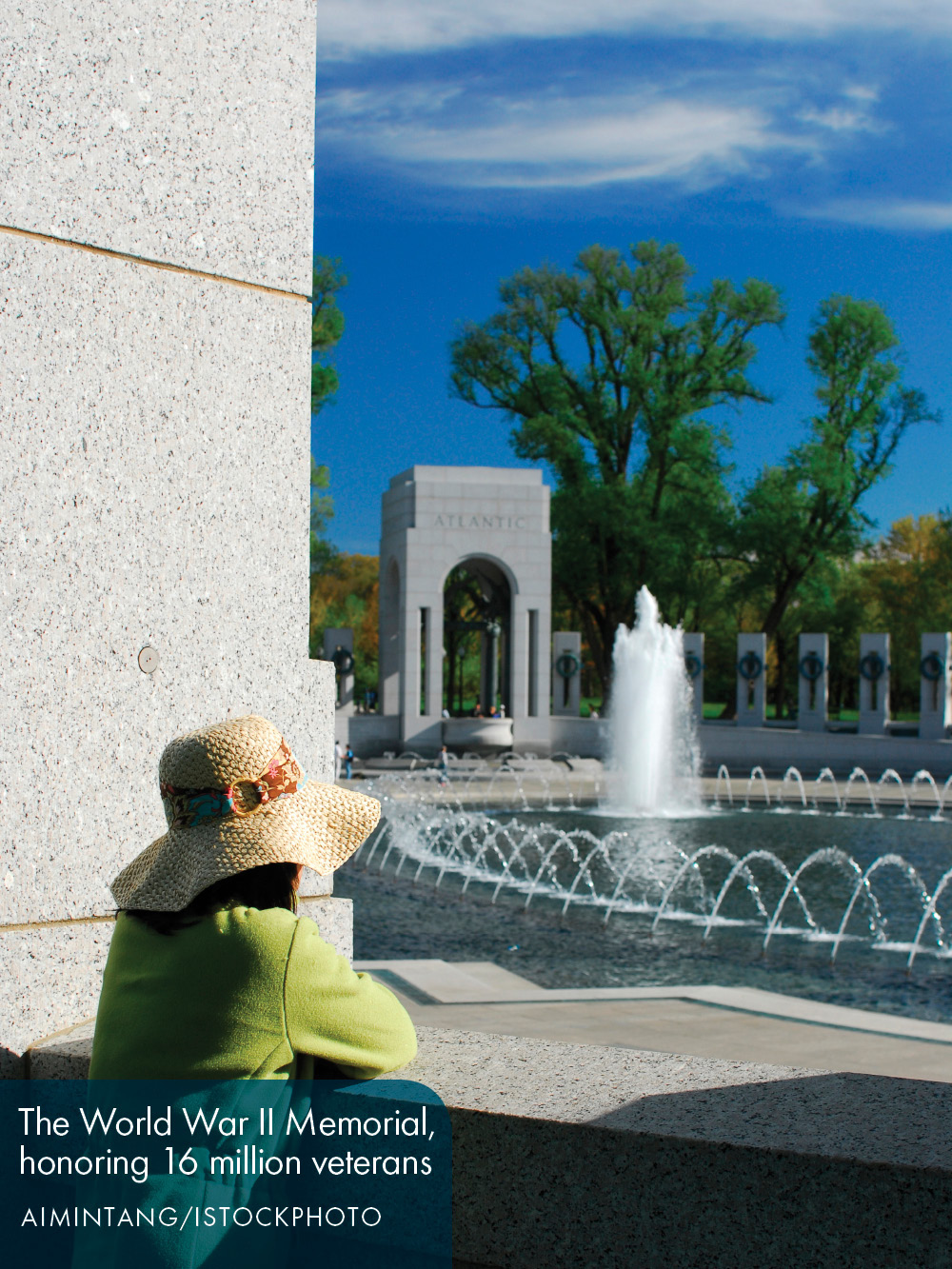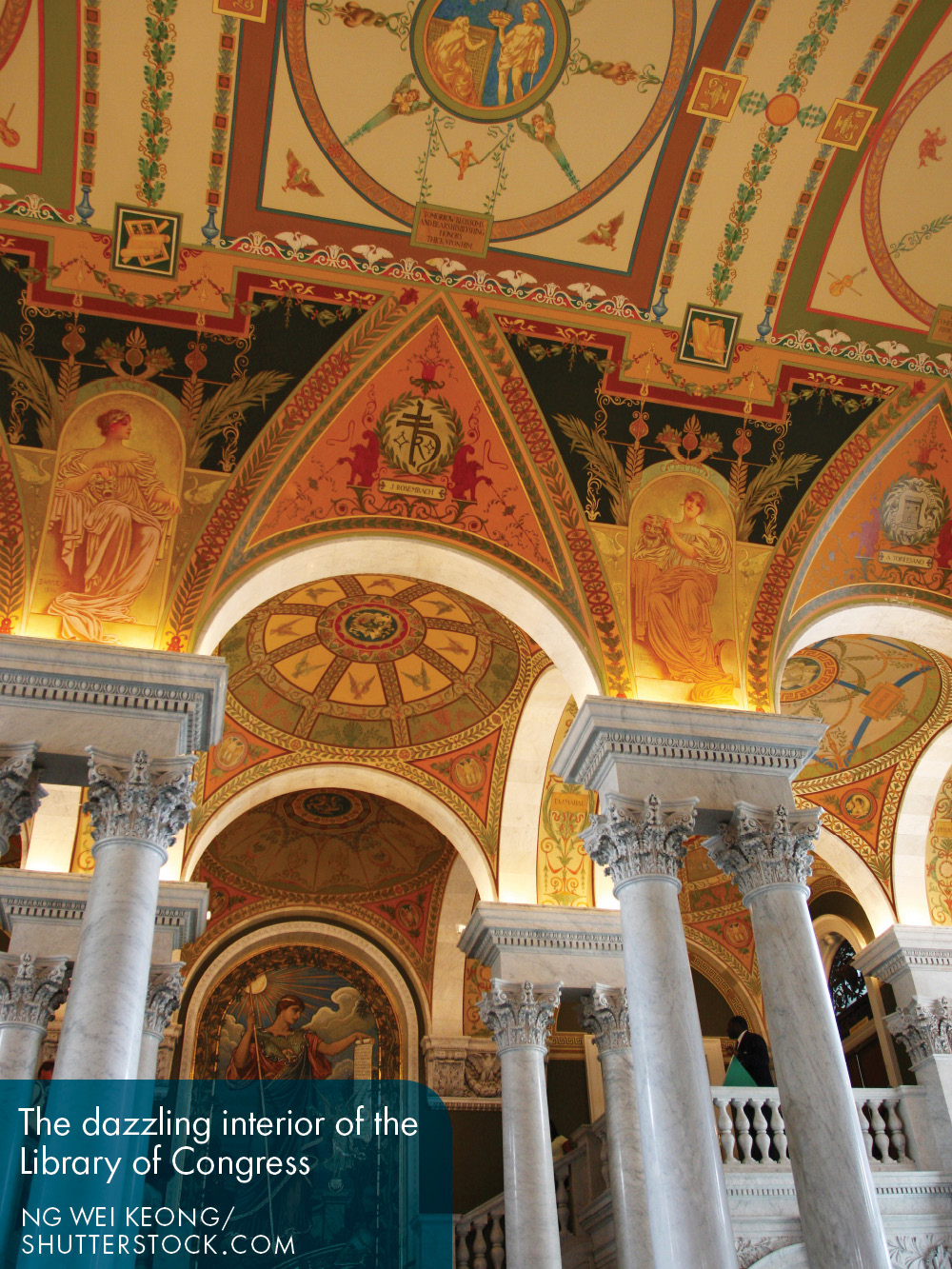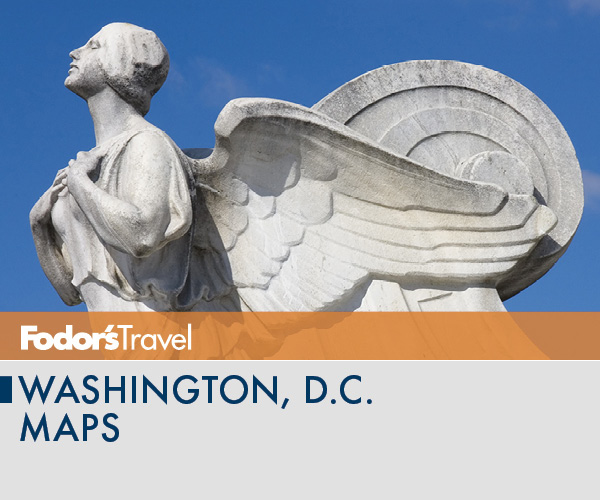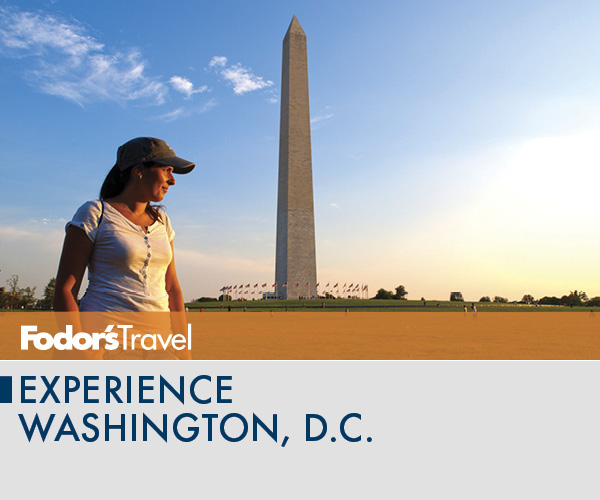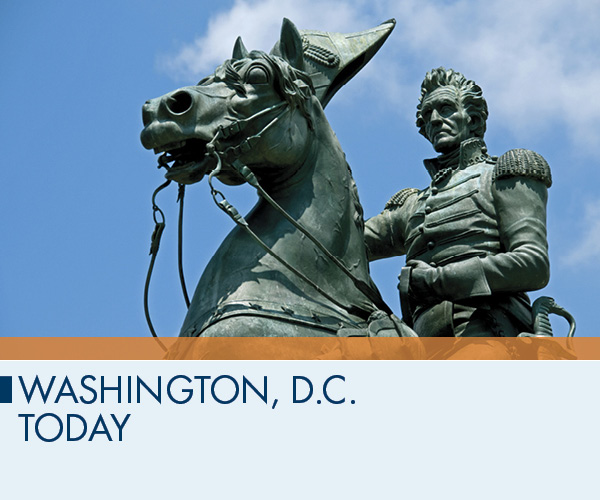Classically majestic and stunningly beautiful, the Capitol, the White House, and the Supreme Court stand at the heart of Washington, D.C., symbols of the stability and strength of the nation. But the city that revolves around this axis is in a constant state of change, lived on a more human scale.
A company town. Todays D.C. is a company town, and because that company is the federal government, business tends to be good even in the worst of times. At no point was this trend more apparent than during the recent recession, when the housing market tanked, private businesses struggled, and unemployment rates skyrocketed across much of the United Statesyet D.C. emerged from the mess as one of the wealthiest cities in the country. The reason is no mystery. Federal employment tends to remain relatively stable even in times of economic turmoil, and with hundreds of thousands of federal employees living and working in and around D.C., the area was insulated from the downturn in a manner that most other locales could only dream about.
Demographic dance. Washingtons postrecession economic boom has only accelerated the demographic face-lift that was already transforming the city. This shift is highlighted by several recent population milestones: an increase in residents, and a median age that has fallen below 34almost four years younger than the country as a whole.
Hardly unrelated, the trends reveal that, after years of fleeing D.C. due to high crime rates and underperforming schools, more and more suburban families are opting to live in the city where they work. These younger professionalsmostly white, mostly drawn by the government and related industrieshave helped bolster Washingtons economy, but not without a price. Indeed, the gentrificationheightened by enormous stadium projects like Nationals Parkhas reached deep into the traditionally black areas of Northeast and Southeast, stirring resentment, driving up costs, and pricing many longtime residents out of their childhood homes. Indeed, D.C. has one of the widest income gaps between rich and poor in the country, leaving local officials to seek ways to strengthen commercial interests without sacrificing community and culture.
Favored by foodies. It aint quite New York City, but Washington has made great culinary strides in recent years. No longer known only for stuffy steak houses catering to lobbyists, D.C. now offers options to satisfy the most eclectic tastes. And top-tier chefs from around the country have taken notice, with many descending on D.C. to catch the wave.
Wolfgang Pucks The Source, adjacent to the Newseum, wows visitors with its posh, three-story dining room and offbeat Asian-fusion menu. Top Chef s Mike Isabella has launched a mini-empire, featuring the Italian eatery Graffiato in Chinatown and the Mexican-inspired Bandolero in Georgetown. Iron Chef competitor R. J. Cooper offers an ambitious 24-course menu at Rogue 24 in the Logan Circle neighborhood. And Johnny Monis, who won the 2013 James Beard award for the best chef in the mid-Atlantic, is at the helm of Komi and Little Serow.
These relative newcomers join D.C. pioneers like Robert Wiedmaier, whose Belgian roots are on full display at the award-winning Marcels in Foggy Bottom; Nora Pouillon, whose namesake restaurant near Dupont Circle was the countrys first to be certified organic; and Jos Andrs, the culinary powerhouse behind Zaytinya, Oyamel, and Jaleo, all near Chinatown.
... is fitness crazy. Long agitated by D.C.s unflattering designation as Hollywood for ugly people, Washingtonians have fought back in recent years with a surging interest in fitness and health. Quite aside from the numerous gyms popping up all over the cityand ignoring, for a moment, the countless joggers constantly circling the Malllocal residents have adopted a slew of activities to get outside and stay in shape. Like to play kickball? There are teams scattered all over the city. Enjoy Ultimate Frisbee? Theres a league for that, too. Rugby? Got it. Even boccethe age-old Italian sport of lawn bowlinghas inspired a passionate following and launched formal competitions around town. The Districts many parks and green spaces cater perfectly to that game of pickup football (or ftbol ), and the citys wild embrace of bike sharing has been complemented by the creation of bike-only lanes on some of its most traveled thoroughfares. Add a long list of burgeoning indoor crazes to the mixeverything from yoga to Pilates to Zumbaand youve got a city intent on shedding its wonks-only reputation.
Traffic turmoil. Its official: The roads around D.C. are among the most poorly planned in the country, snarling traffic at all hours and creating the nations longest commute outside of New York. Spend an hour in gridlock on the Beltwayor 30 minutes in a cab just to get across townand youll understand why more locals are flocking to the Metro and to bike sharing to get around the city. Visitors to D.C., it is often suggested, can preserve both time and sanity by doing the same.



